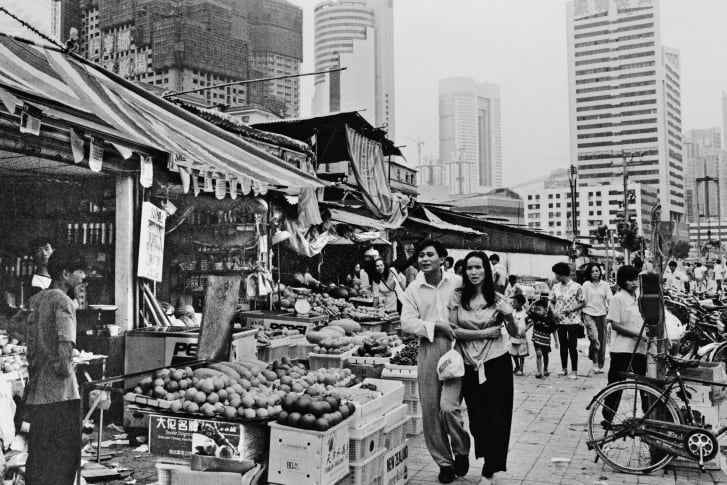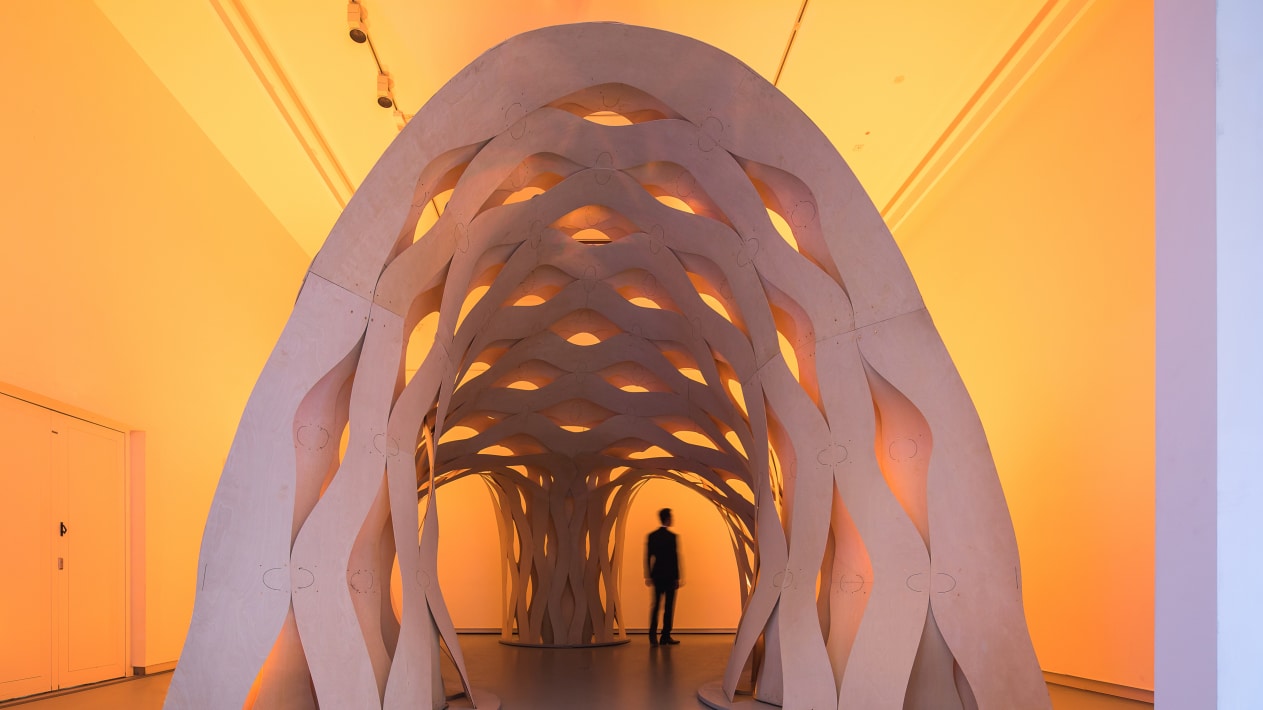How the Victoria and Albert Museum in China signals a new design for Shenzhen
The first thing anyone tells you about Shenzhen, the city in southern China that borders Hong Kong and has a population of at least 12 million, is that it was once a sleepy fishing village.
As with its neighbor, which began British colonial life as an unpromising rocky outcrop in the South China Sea ("Albert is so much amused at my having got the island of Hong Kong," wrote Queen Victoria in 1841, of her imperial bauble), the tale of an unpromising beginning emphasizes the vast distance traveled.
In Shenzhen's case, being a dozy backwater was, partly, the point. When Deng Xiaoping, China's premier and the architect of its reform and opening, announced in 1979 that Shenzhen would be China's first Special Economic Zone, he hoped that it could become the country's "window." If the plan failed, however, the collapse of "such a small area" wouldn't affect China's development.


Shenzhen then and now
The city in 1989 and today. Credits: VCG/Visual China Group/VCG via Getty Images. Daniel Berehulak/Getty Images AsiaPac/Getty Images
The plan did not fail. You've almost certainly got a Shenzhen-made product within a few feet of you -- perhaps in your hand, as you're reading this.
The city, and its hinterland, has become the globe's tech-manufacturing capital, home to the headquarters of giants such as Tencent and Huawei. In 2016 alone, Shenzhen built and finished 11 new skyscrapers (buildings over 200 meters tall) -- more than were completed in the entire United States that year. And the city once famous for churning out copycat products is now home to an arts scene strong enough to convince the UK's prestigious Victoria and Albert Museum (V&A) to open its first foreign outpost here.
Shenzhen, in short, has a new identity.
The V&A in Shenzhen
The V&A Museum's arrival in Shenzhen last month marked the first collaboration of its kind between an international museum and a Chinese partner.
The letters V and A stand for Victoria and Albert, the royal pair so tickled by the unexpected acquisition of Hong Kong in 1841. A decade later, in 1851, Prince Albert organized the Great Exhibition of the Works of Industry of All Nations, which took place in the empire's capital. What would become the V&A opened the following year. It was initially called the Museum of Manufactures so its presence in what was, not so long ago, the world's factory is particularly apt.

Queen Victoria (1819-1901) and Prince Albert (1819-1861), five years after their marriage in 1854. Credit: Roger Fenton/Hulton Royals Collection/Getty Images
It has to be said the Shenzhen museum's initial footprint is tiny -- about 250 objects out of a permanent collection of 2.3 million. But to its staff and to the UK government (Lord Ashton of Hyde, parliamentary under-secretary at the Department for Digital Culture, Media & Sport, was in attendance as its representative), this small step carries significant weight.
"We want the V&A brand in front of the biggest audience we can think of," said Tim Reeve, the museum's deputy director. "And if that means more Chinese visitors in South Kensington (the museum's London address) -- great. It's important for the UK."
We want the V&A brand in front of the biggest audience we can think of
Tim Reeve, the V&A's deputy director
The museum's China address is a corner gallery on the ground floor of the new Sea World Culture and Arts Center -- a name which, to Western ears, suggests trained whales and dolphins. Sea World, however, is the entertainment quarter of Shekou, an area long popular with expats in Shenzhen. It's been exclusively developed by China Merchants Shekou Holding (CMSK), a division of China Merchants Group.
China Merchants, which is state-owned but based in Hong Kong, is used to pioneering steps. In the 19th century, it set up China's first merchant fleet, first Chinese bank and first Chinese insurance company. It's also nimble. Having survived China's 20th century, it's now a financial powerhouse.
The Design Society
In 2011, CMSK and the V&A, which had been tentatively toe-testing China's waters for a while, were introduced. In 2014, the V&A signed an initial five-year agreement as a founding partner of Design Society, the entity that now operates the new arts center. As well as having its own designated gallery, the V&A has undertaken to provide advice and training, and will bring out two touring exhibitions.
The Abu Dhabi Louvre and Guggenheim model isn't appropriate for us
Tim Reeve, the V&A's deputy director
"The Abu Dhabi (Louvre) and Guggenheim model isn't appropriate for us," said Reeve, referring to large-scale collaborations by famous museums that have exported names and collections. "We want it to be a partnership, partly because we can't do it on our own but also because we wanted a conversation. It's not about parachuting in."
News Courtesy: www.cnn.com











